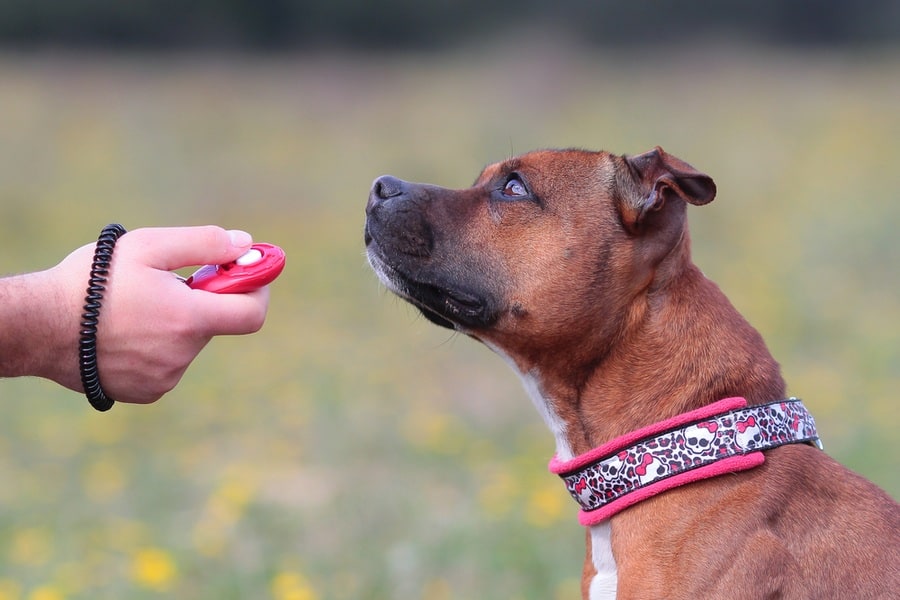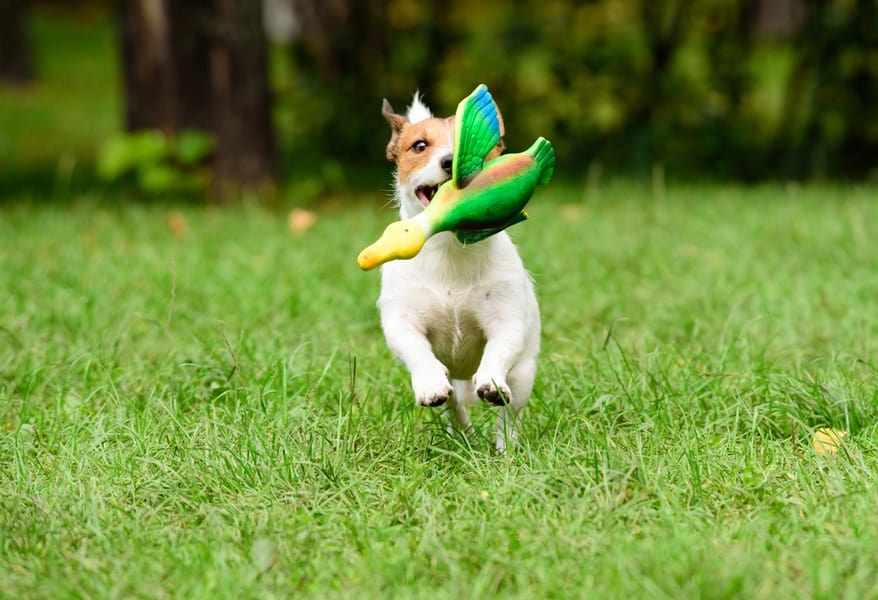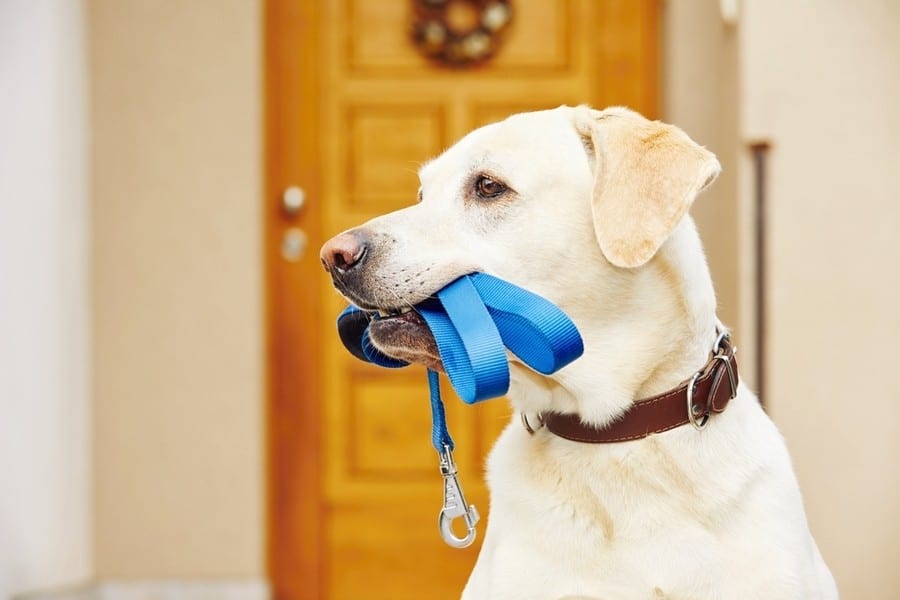

by Franklin Medina
There are any number of bad trainers out there who use aversive methods when it comes to teaching their dogs, so if the term “behavior chain” startled you, let me reassure you – it’s not what it sounds like. A behavior chain is not some type of nasty training tool or method of confining a dog. It’s actually a technique that can help you to teach your dog some fairly complex tasks – a way of sequencing separate, but associated, tasks in a “chain” leading to the desired outcome.
How Does a Behavior Chain Work?
If you were building an actual, physical chain, you would do it link by link until the chain was long enough and strong enough to do the job you needed it to do. A behavior chain works on the same principle. You teach your dog one task at a time, and then show him how to link them together. In this way, help your dog to learn skills that are far more advanced than the individual links would be on their own, without being connected into a chain.
Just as an example, let’s say that you want to teach your dog how to put away his toys. The first step is going to be to get him to pick up the toy. Then, you’ll teach him to hold the toy in his mouth. Next, teach him to drop the toy into a box or basket that has been designated for the purpose. Once he is able to perform these three tasks, you teach him to walk for a bit holding the toy, and then drop it into the box or basket. You’ve taken four separate tasks, and shown your dog how to put them together – pick up the toy, hold it, carry it, and drop it. You’ve made a behavior chain!


Creating a Strong Behavior Chain
As you can see from the example of showing your dog to put away his toys, the “links” in the chain do not have to be taught in sequence. In fact, sometimes it can be considerably more effective to begin with the last link. To illustrate this, let’s look at a common task that we often ask our dogs to perform.
Playing fetch is a great activity for bonding with your dog, but some dogs take to it more naturally than others. I’ve had dogs that caught onto chasing down a toy and bringing it back for me to throw again with little or no training effort on my part. I’ve also had dogs that would watch a ball or Frisbee fly through the air and not make a move to go and get it, and dogs that would take off as soon as I threw the object but lose interest once it landed on the ground.
Retrieving is a complex chain, and not all dogs understand every link right from the outset, so we break it down. The behavior chain for retrieving begins with the throw, and is followed by watching the object land, chasing the object, picking it up, holding it, carrying it back and giving it to the trainer to throw again. That’s 7 steps – a lot for a dog to string together and make sense of.


So, what we do is use a technique called “back chaining.” This is simply starting at the end of the chain, with the steps that are easiest – holding and returning the object. Then, we move back through the chain and work toward the beginning, which is throwing the object and releasing the dog. Because there are so many steps involved, you may find that some “links” are weaker than others. You can work on steps out of sequence, but often backchaining is the most effective way of starting out.
Correcting Undesirable Behavior
Behavior chains can also be used as a means of discouraging undesirable behavior. Bad behavior doesn’t happen in a vacuum – there’s always something that leads up to it. You could call it a cue or a trigger, or in keeping with the metaphor of a chain, a link. What you need to do is make every link in the behavior chain dependent on the link that preceded it.
Some dogs, for instance, can display some very annoying behavior when it’s time to go for a walk – whining or barking when getting your jacket out of the closet, spinning when you try to attach the leash, and rushing ahead of you to get out the door. So, don’t put your jacket on until the dog stops vocalizing, don’t attach the leash until he stops spinning, and once the leash is attached, don’t move toward the door until he’s sitting calmly beside you. In other words, wait for the behavior you want before moving on to the next link in the chain.


Conclusion
Behavior chains can be used for virtually any type of training activity. If you’d like to check out some really inventive ways of using behavior chaining and back chaining, check out 5 Ways to Teach Your Dog to Help Around the House by my fellow blogger, Ash Babariya. Not only are these fun ways to work with your dog, some of them are even practical as well.
Whether you’re teaching your dog something new, or trying to discourage certain type of behavior, breaking down tasks into simple links and then connecting them can yield some pretty amazing results.
Franklin Medina is a dog owner and advocate. He believes that there is no such thing as an untrainable dog, and enjoys using methods like behavior chaining to help dogs reach their full potential. You can read more from Franklin at https://simplyfordogs.com/.



